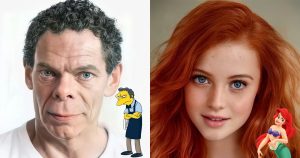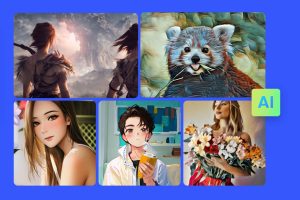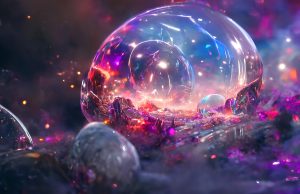In the digital age, many creators, designers, and businesses ask, “What is a good AI image generator?” With advancements in AI, these tools can produce high-quality, artistic, and realistic images in seconds. However, choosing the right one depends on factors like image quality, ease of use, customization options, and ethical considerations. This guide explores How To Create Ai Images work, the best AI tools, and why Dall-E Generate stands out as a top choice.
What Is a Good AI Image Generator? Key Features to Consider
What Makes a Good AI Image Generator: Quality Standards
A good AI image generator produces sharp, detailed, and realistic visuals. The best tools ensure:
- High-resolution output – AI should generate clear images without pixelation.
- Accurate detailing – AI should capture fine textures, lighting, and shading.
- Realistic and artistic variations – The tool should balance creativity and realism
Suggested for you
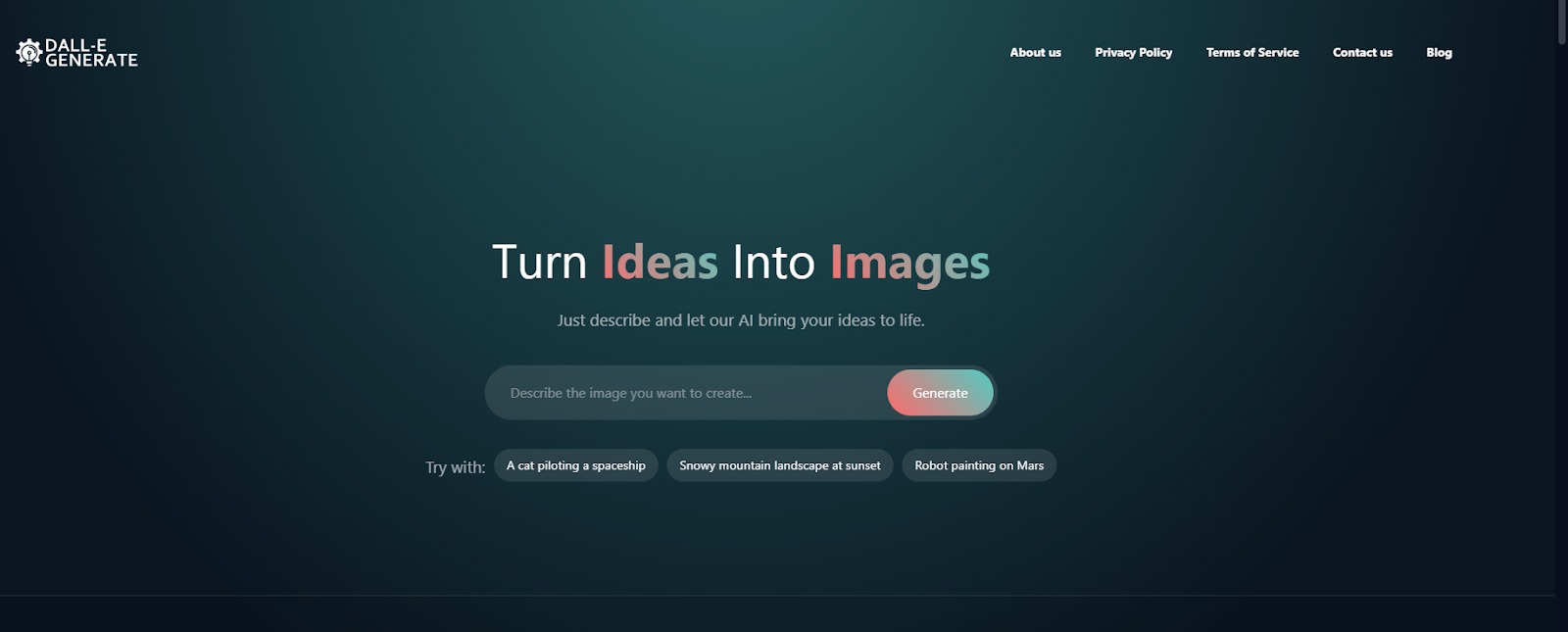
Good AI Image Generators Offer User-Friendly Design
Not everyone is a graphic designer, so a user-friendly interface is essential. Features to look for:
- Simple prompts – Users should easily enter text descriptions for AI-generated images.
- Drag-and-drop tools – Some AI platforms allow users to modify existing images with simple tools.
- Fast processing speeds – A good AI tool should generate images within seconds.
What Is a Good AI Generator’s Editing Capability?
AI-generated images should be editable and adaptable. Features that enhance usability include:
- Style Selection – AI tools should offer different artistic styles like photorealism, cartoons, oil painting, or anime.
- Layer Adjustments – Users should modify colors, contrast, and textures.
- Background Editing – AI should allow for background removal or replacement.
What Good AI Image Generators Do for Ethics
A good AI image generator must respect copyrights and ethical considerations. Key concerns include:
- Image originality – The tool should generate unique images instead of replicating copyrighted works.
- Usage rights – AI tools must clarify whether images are for commercial use.
- Bias-Free AI – AI should generate diverse images without discriminatory limitations.
This topic might be useful for you:
- Using Ai To Describe An Image
- Samsung Ai Picture Editor For Samsung Galaxy S21
- S23 Ultra Generative Ai Can I Save The Clipped Images
-
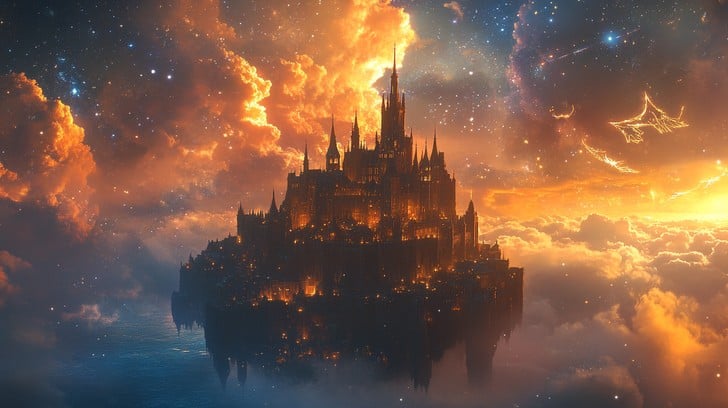
Understanding What Makes a Good AI Image Generator Work
What Is a Good AI Generator’s Technical Foundation?
AI image generators rely on deep learning models, which analyze and generate images based on vast datasets. The process includes:
- Text-to-Image Translation – AI interprets text descriptions and converts them into visual representations.
- Pattern Recognition – AI recognizes shapes, colors, and textures to create high-quality images.
- Style Adaptation – Some AI tools learn different artistic styles, producing customized artwork.
How Good AI Image Generators Learn from Data
A good AI image generator is trained on millions of images to learn patterns and styles. AI tools use:
- Generative Adversarial Networks (GANs) – AI models compete to improve image quality.
- Diffusion Models – AI refines random noise into realistic images.
- Reinforcement Learning – AI improves image results based on user feedback.

What Is a Good AI Image Generator? Top Platforms Reviewed
Dall-E Generate
Dall-E Generate is one of the most advanced AI-powered image generators, known for:
- High-quality, realistic image generation.
- Customizable artistic styles.
- Strong ethical AI standards to prevent copyright issues.
- Fast processing for instant AI-generated images.
Recommended reading:
- Weird Ai Generated Images
- Websites To Change A Picture To Other Styles AI
- Using Ai To Make A Sharper Image
- Using Ai To Enhance Images
- Flux Kontext: When AI Understands the “Context” in Every Image
MidJourney
MidJourney is an AI tool designed for artistic image generation. It specializes in:
- Fantasy and surreal image styles.
- Community-based AI training.
- Creative storytelling visuals.
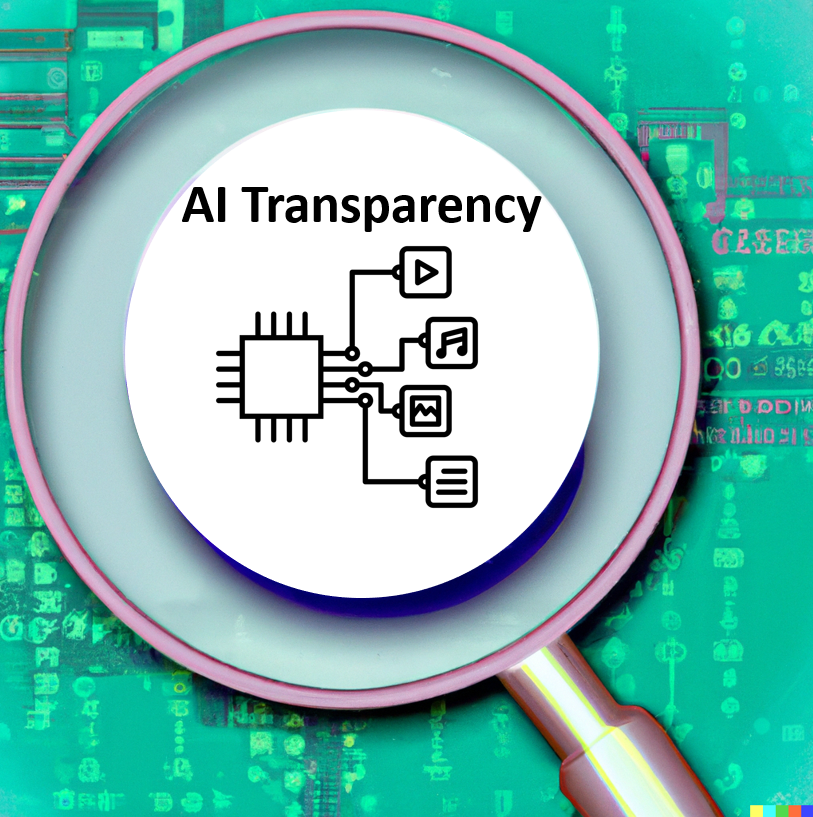
Stable Diffusion
Stable Diffusion is an open-source AI image generator that offers:
- Completely free AI image creation.
- Custom-trained models for specific styles.
- Advanced prompt control for precise image generation.
Runway ML
Runway ML provides AI-powered tools for:
- Real-time image generation.
- Video and animation AI editing.
- Professional-grade customization.
Deep Dream Generator
Deep Dream Generator by Google is a neural network-based AI tool that creates:
- Surreal, dream-like images.
- Abstract art based on existing photos.
- Highly customizable AI-generated patterns.
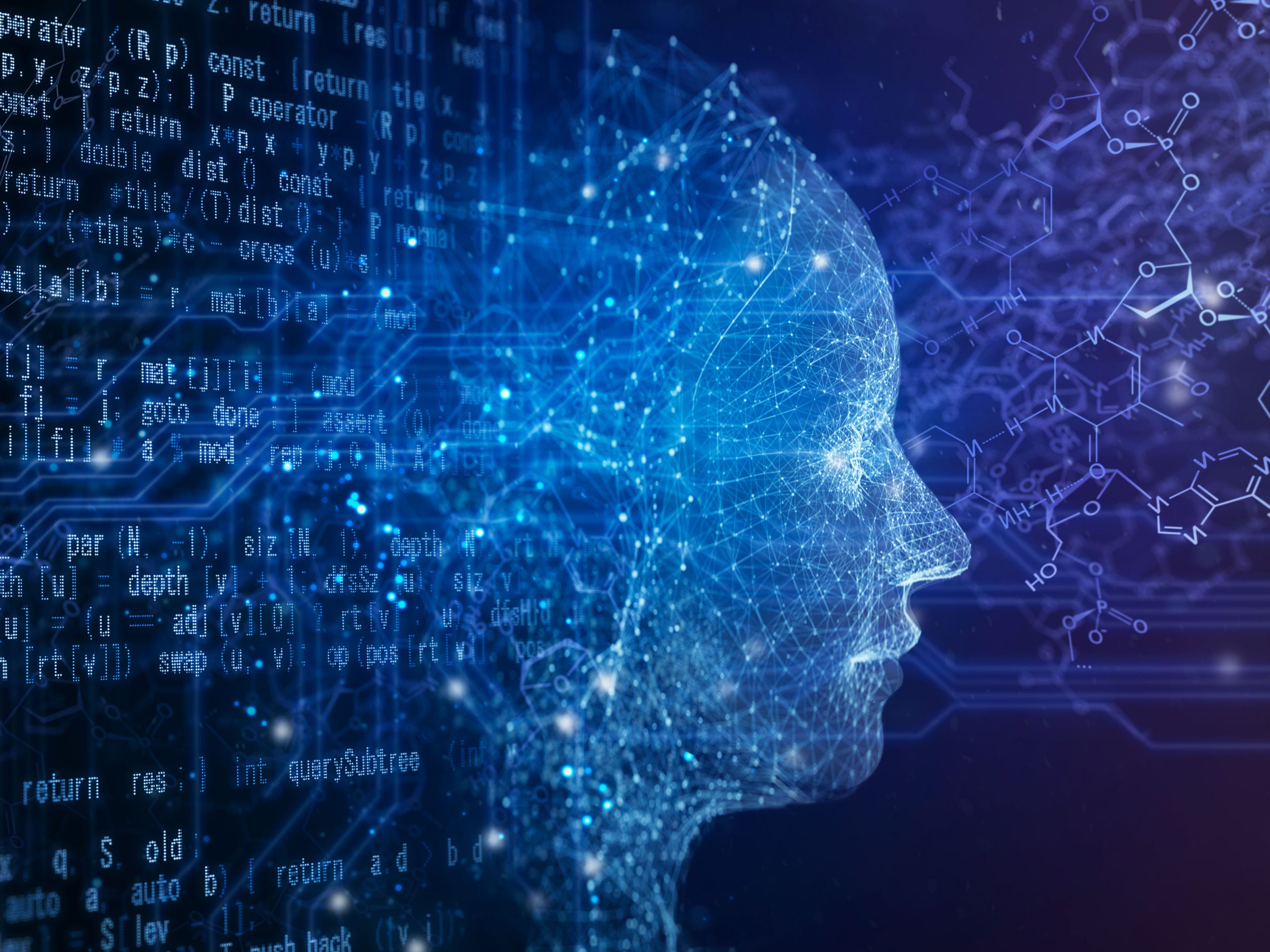
What Is a Good AI Image Generator Used For?
What Good AI Generators Offer Artists
Artists use AI to create unique, AI-generated paintings, sketches, and concept art. AI tools allow for:
- Automated art generation based on style preferences.
- Quick iterations of creative ideas.
- High-quality digital paintings for commercial and personal use.
What Is a Good AI Image Generator for Business?
Businesses rely on AI image generators to produce:
- Social media graphics.
- AI-generated product images.
- Engaging ad creatives for branding.
Good AI Image Generators in Entertainment
Game developers and filmmakers use AI to:
- Generate concept characters.
- Create fantasy worlds.
- Speed up production with AI-enhanced visuals.
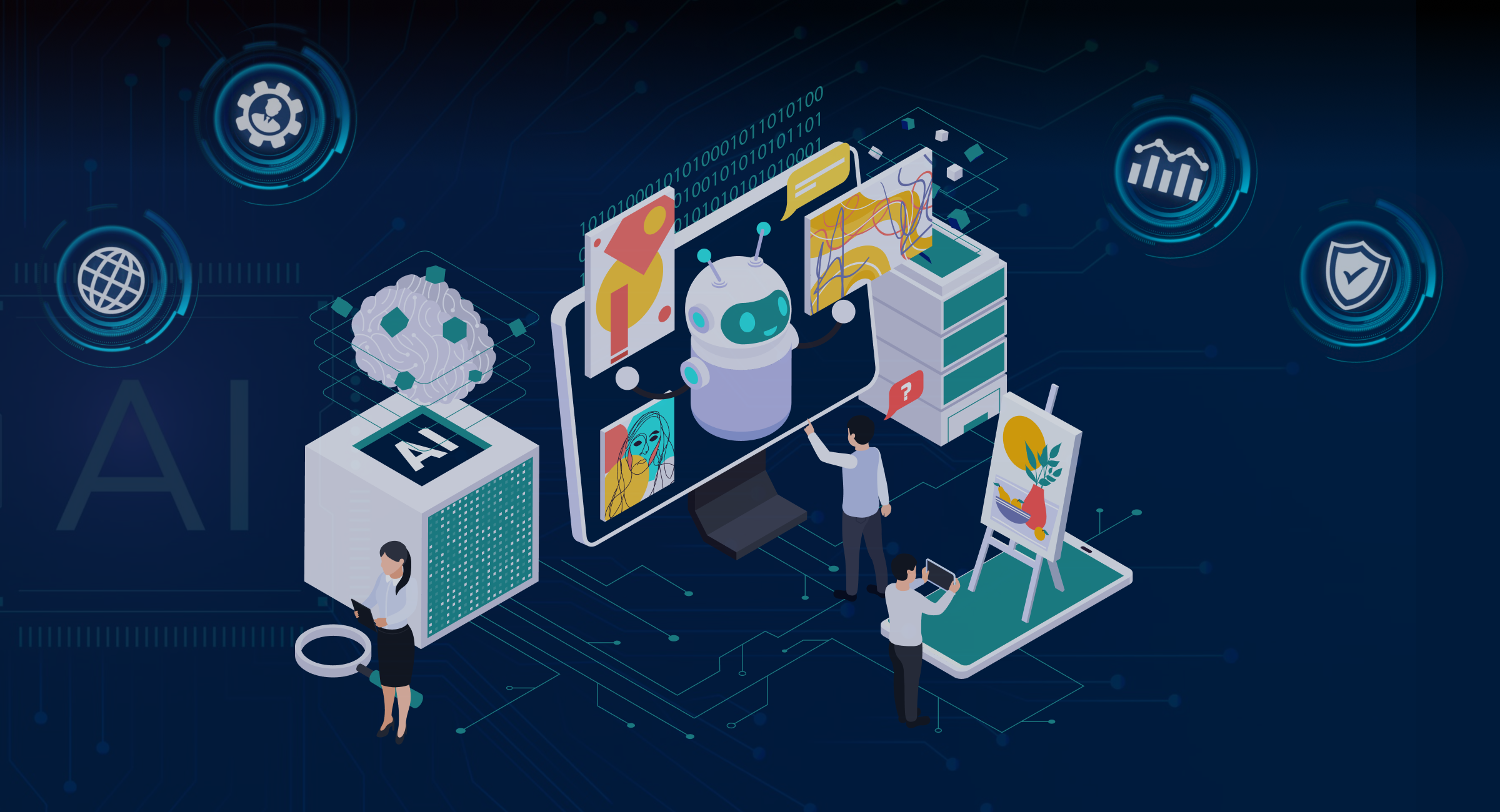
What Makes AI Generators Good for Branding
AI-generated images help users create:
- AI-generated logos.
- Professional AI-enhanced profile pictures.
- Branded digital artwork.
What Is a Good AI Image Generator Still Missing?
What Good AI Image Generators Can’t Replace
AI lacks true creativity and emotion compared to human artists. While AI generates images quickly, it often:
- Struggles with original ideas.
- Produces repetitive patterns.
- Fails to capture deep artistic intent.
What Is a Good AI Generator’s Ethical Challenge?
AI-generated images may raise:
- Copyright disputes if AI learns from protected artwork.
- Misinformation risks if used for deepfakes.
- Bias issues in AI training datasets.
Where Good AI Image Generators Fall Short
While AI creates impressive visuals, some issues include:
- Incorrect anatomy or distortions in human images.
- Over-processed textures in AI art.
- Lack of fine control in editing outputs.
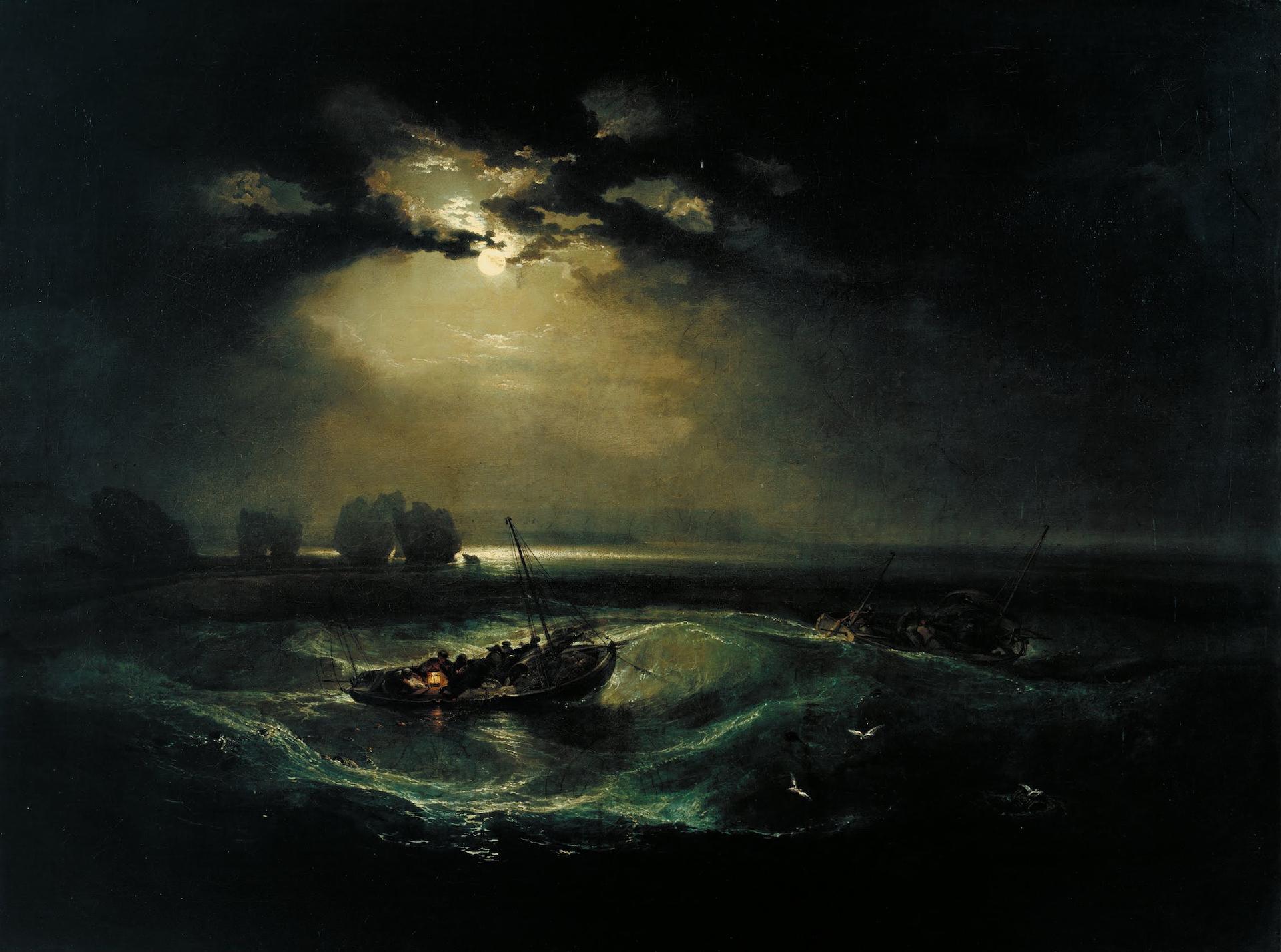
What Will Make a Good AI Image Generator Tomorrow?
What Is a Good AI Generator’s Next Evolution?
Future AI tools will allow:
- More precise editing controls.
- Real-time AI-assisted sketching.
- Interactive AI-driven design suggestions.
How Good AI Image Generators Will Improve Ethics
AI platforms are improving ethical AI standards by:
- Developing watermarking features to identify AI-generated images.
- Enhancing privacy settings for uploaded content.
- Creating AI models with ethical training data.
What Good AI Generators Will Create in 3D
The next evolution of AI image tools will enable:
- 3D model creation using AI prompts.
- AI-generated VR environments.
- Enhanced AI-powered animation for movies and games.
Conclusion
So, what is a good AI image generator? A good AI tool should be high-quality, user-friendly, customizable, and ethically responsible. Platforms like Dall-E Generate provide advanced Dall E Image Generator Free while ensuring creativity, ease of use, and copyright protection. As AI continues evolving, image generation will become even more powerful, realistic, and ethically sustainable for creative professionals and businesses.
